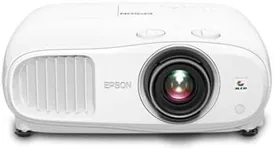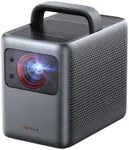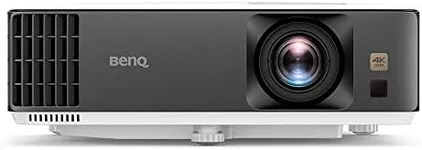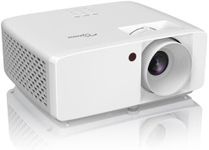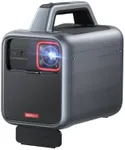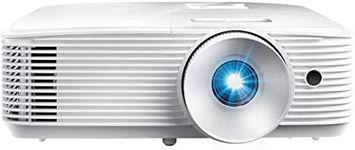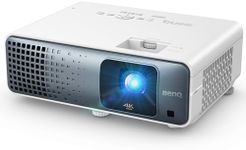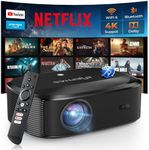Buying Guide for the Best Backyard Movie Projectors
Choosing the right backyard movie projector can transform your outdoor space into a fantastic entertainment area. When selecting a projector, it's important to consider several key specifications to ensure you get the best viewing experience for your needs. Understanding these specs will help you make an informed decision and enjoy your outdoor movie nights to the fullest.Brightness (Lumens)Brightness, measured in lumens, determines how well the projector can display images in various lighting conditions. For outdoor use, especially in the evening or at night, a projector with higher lumens (2000-3000) is ideal to ensure clear and vibrant images. If you plan to use the projector during the day or in areas with ambient light, consider models with even higher lumens (3000+). Your choice should be guided by the typical lighting conditions in your backyard.
ResolutionResolution refers to the number of pixels that make up the image on the screen. Higher resolution means sharper and more detailed images. Common resolutions include 720p (HD), 1080p (Full HD), and 4K (Ultra HD). For a backyard movie projector, 1080p is generally sufficient for a clear and enjoyable viewing experience. However, if you want the best possible image quality and plan to watch a lot of high-definition content, a 4K projector might be worth considering.
Contrast RatioThe contrast ratio measures the difference between the darkest and brightest parts of an image. A higher contrast ratio means more detail in shadows and highlights, resulting in a more dynamic and visually appealing picture. For outdoor projectors, a contrast ratio of at least 2000:1 is recommended. If you want deeper blacks and more vivid colors, look for projectors with higher contrast ratios (5000:1 or more). Your choice should depend on how important image depth and color accuracy are to you.
Throw DistanceThrow distance is the distance between the projector and the screen. It determines how large the image will be based on how far the projector is placed from the screen. Projectors are categorized into short throw, standard throw, and long throw. Short throw projectors can create large images from a short distance, making them ideal for smaller backyards. Standard throw projectors require more space, while long throw projectors are suitable for very large areas. Consider the size of your backyard and how much space you have to set up the projector.
PortabilityPortability refers to how easy it is to move and set up the projector. If you plan to frequently move the projector or store it when not in use, look for lightweight and compact models. Some projectors come with built-in handles or carrying cases for added convenience. Your choice should be based on how often you plan to move the projector and whether you need a model that is easy to transport and set up.
ConnectivityConnectivity options determine how you can connect the projector to various devices like laptops, smartphones, or streaming devices. Common connectivity options include HDMI, USB, and wireless connections like Wi-Fi or Bluetooth. Ensure the projector has the necessary ports and wireless capabilities to connect to your preferred devices. Your choice should be guided by the types of devices you plan to use with the projector and how you prefer to connect them.
Built-in SpeakersBuilt-in speakers can be convenient for outdoor use, eliminating the need for external audio equipment. However, the sound quality of built-in speakers may not be as good as dedicated external speakers. If you prioritize convenience and simplicity, look for projectors with decent built-in speakers. If audio quality is important to you, consider using external speakers or a sound system for a better audio experience. Your choice should depend on your audio quality preferences and how much effort you're willing to put into setting up additional audio equipment.
